The concept of a supply chain control tower has been gaining momentum over the past year. A control tower is a single command center for visibility, decision-making and action, based on real-time data. According to Capgemini Consulting “A supply chain control tower is a central hub with the required technology, organization and processes to capture and use supply chain data to provide enhanced visibility for short and long term decision making that is aligned with strategic objectives.” (Capgemini Consulting, “Global Supply Chain Control Towers” May 2011)
It’s also a new name for a concept that has been around for a while: 4PL. Companies are increasingly realizing that supply chain must become a core competency, and taking on the 4PL role offers them the ability to accelerate collaboration and achieve higher levels of performance. The control tower represents the common processes that are enabled by cloud-based technologies, such as configuring a set of services to business units and trading partners across a supply network. These services start with basic plumbing ‑ collect and aggregate all orders, shipments, inventory and status. This information is linked to other enterprise systems to provide global visibility, then transformed to become the input for supply chain execution solutions.
The control tower is a hub that must go beyond visibility to provide integrated global logistics and trade compliance services. Based on a company’s supply chain segmentation strategies, these services must be configured to support the needs of business units and the key fulfillment attributes of a product line. Control tower managers can decide how to distribute the services by determining the correct mix of centralized and decentralized execution for their supply chain design.
Having one global supply chain system and standardized processes give companies the flexibility to plug in new logistics providers as needs change or quickly assimilate new businesses. The control tower reduces the “lock in” of using an external provider’s system, and changes the balance of power in a relationship. Control tower managers now have the visibility and data-driven analysis of service levels to objectively manage each provider. Similarly, new businesses can be plugged in with standard interfaces and highly configurable processes.
By collecting the mountain of data from the daily orchestration of supply chain processes, control towers also offer unique insight into performance. With business intelligence tools, managers can perform “what-if” analyses to optimize sourcing or distribution decisions, pinpoint a process breakdown that results in inventory builds, and right size inventory based on actual cycle times and variability.
No matter what you call it ‑ a control tower or 4PL ‑ the technology is available today to enable global supply chain teams to tame complexity and control their own destiny.
This post was published on June 20, 2012 and updated on February 23, 2015.





